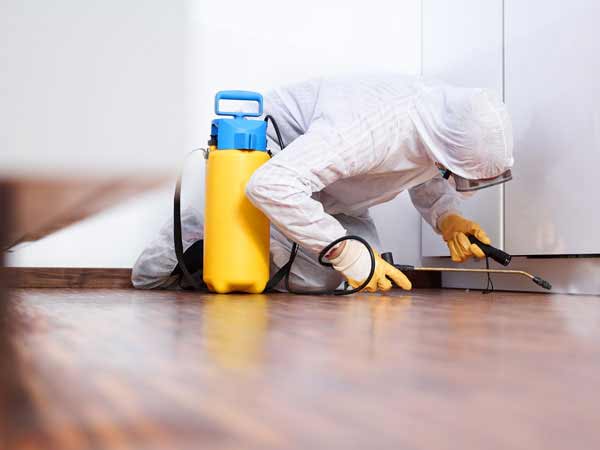How to Clear Mold from Your DC Home
It’s there. An oddly-colored, splotchy black stain. On your wall, underneath your window sill, or on your bathroom ceiling.
The smell? Earthy and dusty, like rotten vegetables.
If you’ve found what appears to be mold in your DC-area home, you’re probably concerned, and you want to take action. Is mold something a layman can handle on their own? If so, how? In this article from the mold experts at Moldgone, we’ll walk you through identifying the scope of your mold problem, as well as how you can take action on your own.
How Big is Your Mold Problem?

There are effective DIY mold solutions if your infestation is relatively new and not far spread. Generally, if the mold area is smaller than 10 square feet, you’ll be fine going solo. You’ll likely need to contact a professional if your mold problem:
- Is spread throughout multiple rooms
- Is larger than 10 square feet
- Your HVAC system is infected
- If molded surfaces were caused by contaminated water, like sewage
- If you have extra sensitive health concerns, including respiratory illness
Step 1: How to Clean Your DC Home’s Mold Problem

More often than not, moisture is the source of most mold infestations.
Cleaning mold and preventing its growth in the future requires homeowners to know the areas of the house where moisture is likely to occur—and plug any and all leaks. This means the first step in cleaning your mold problem is shutting off the source of moisture. Common sources include broken pipes, spilled standing water (often in basements), and overflow from sinks or sewers.
Once the source is cut off, use a wire brush first to clear dirty surfaces free of mold. Then, disinfect and wipe clean with disposable wipes. If mold appears on particularly hard surfaces, use detergent and water instead. Next, throw away any absorbent materials or moist fabric—carpets, linens, or even ceiling and bathroom tiles. Finally, clean the floor with a detergent solution clear any lingering mold particles.
Step 2: Isolate the Contaminated Area of Your DC Home
Now that you’ve identified the source, stopped the leak, and cleared the mold stains, you’ll have to take a few extra steps to give your clean job the best chance of success. It’s all too easy for even a small amount of mold to spread, so we’re going to take a few extra steps to completely clean the room, prevent it from spreading to other rooms, and give it a few days to disinfect.
- Close all doors and windows between the contaminated area and the rest of your home. If it’s exceptionally widespread, we recommend covering doorways—or any other place where air leaks—with polythene sheeting (Which you’ll need to seal with duct tape too).
- After drying, gently mist the contaminated area to keep dust situated
- Put all wet and moldy cleaning materials in plastic bags, then discard them. You can dispose of them in the garbage, but be sure to wipe down the outside of the trash bag before moving it out of the contaminated area trash bag’s outside before you move it out of the contamination area.
Once your contaminated area has been cleansed, do a visual check for contamination and debris. Dirt and dust fuel mold, so if you can’t visibly identify them, you’re all done with this phase.
Step 3: Check in Later to See if Your Contaminated Area is Clear

Mold is a tricky beast. You can’t be sure you’ve bested it just because you’ve taken all the right steps—mold spores are notoriously difficult to eliminate.
That’s why it’s just as important to hold off on using the room until you can tell for certain. After a few days, do a visual check of the area. If you don’t see any signs of further water damage, visible mold, mold smell, or moldy materials—you’re in the clear. You should be able to reoccupy the previously infected space with no problem.
Why MoldGone
At MoldGone, we offer FREE mold inspection. Our mold removal and mold remediation services are available at reasonable prices. Call us today at 240-970-6533 or Click here to schedule your appointment.




Recent Comments